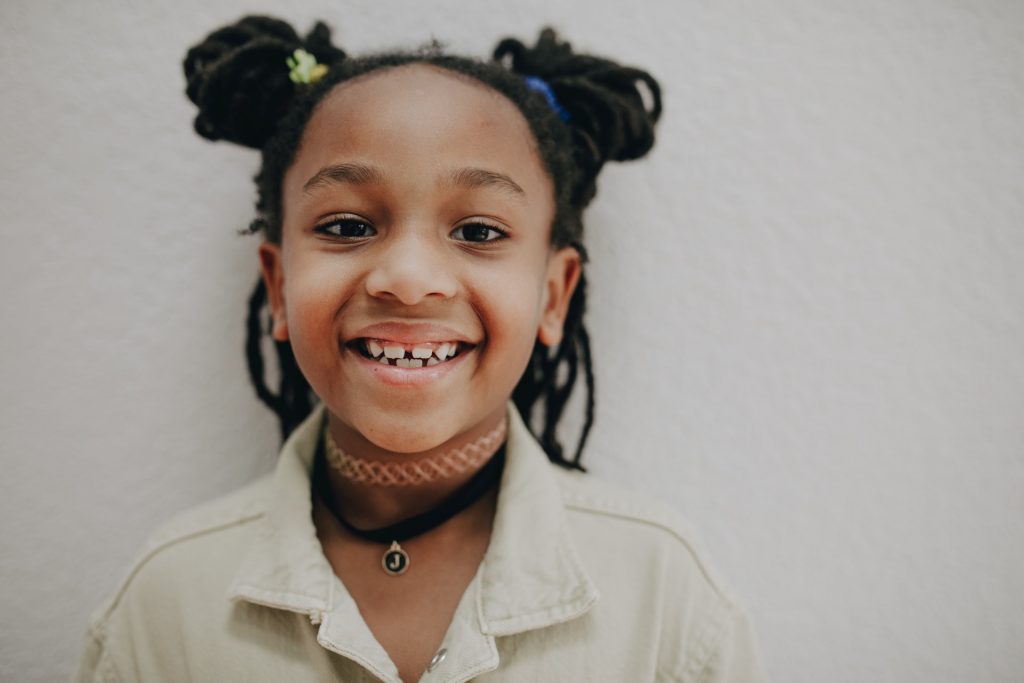BY DEE DEE MEEVASIN, DMD
Published in the Vegas Inc. Special Dental Edition
Even in normal times, parents—and their child’s health care providers— may put little focus on dental health, as long as tooth decay is under control. If there are crooked teeth or crowding concerns, the long-held thinking is to deal with it in their teen years. Here’s why this decision may compromise the physical and mental well-being of a child for life, and how it can all be avoided with the proper early dental intervention.

A Silent Epidemic
We see these issues all the time, children with crowded or crooked teeth, an underor over-bite, teeth grinding, snoring, bed wetting and mouth breathing. These shouldn’t be passed off as normal. There’s a good chance the child suffers from sleep disordered breathing or obstructive sleep apnea.
In many cases, these symptoms are the product of poor jaw development and narrow dental arches. As the jaw and arches develop incorrectly, it compromises the tongue’s placement in the mouth and disrupts airflow and can also lead to crowded or crooked teeth. It can even hinder proper facial growth.
If not addressed early, far too many parents face a long, frustrating road, which may include a misdiagnosis of ADHD, behavior and speech problems, and poor academic performance. But there is a way to proactively treat the underlying cause of these concerns with a unique preventive dental care system.
A Proven Solution
Myofunctional therapy has been around since the 1980s, and it changes thousands of children’s lives every year. The therapy involves the fitting of a small dental appliance into the child’s mouth to naturally guide the growth of the jaw and arches. With proper jaw development, airways naturally open and sleep issues quickly resolve. And the welcomed downstream side effect is adult teeth that grow in straight, too.
In most cases, orthodontics and retainers are entirely avoided. You can start myofunctional therapy as early as 2 years old— the earlier the better. The device rests in the roof of the child’s mouth and is properly fitted by a dental professional. The child wears it for two hours each day and during sleep hours. At check-ups, the dental team can adjust the size and shape of the device, if needed, as the child grows.
Our dental practice has worked with this system for five years, and I have even used it with my own children. In some cases, we see results as early as one month with children who come in with dark circles under their eyes, then come back fully rested as parents remark on positive changes. Even in cases where a child truly does have ADHD, better sleep has improved the ability to navigate life.

It’s time to change our perspective on straight teeth and when and how to correct them. Today, with more adult sleep apnea now diagnosed, my hope is that parents and medical professionals also realize the power of addressing these issues early in children to help them achieve their full potential as adults.
